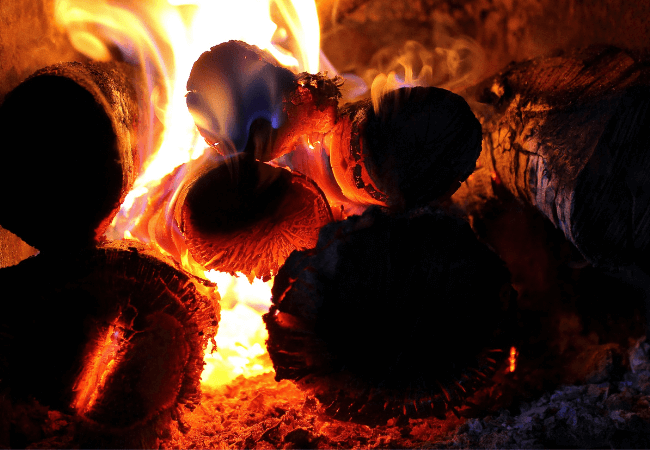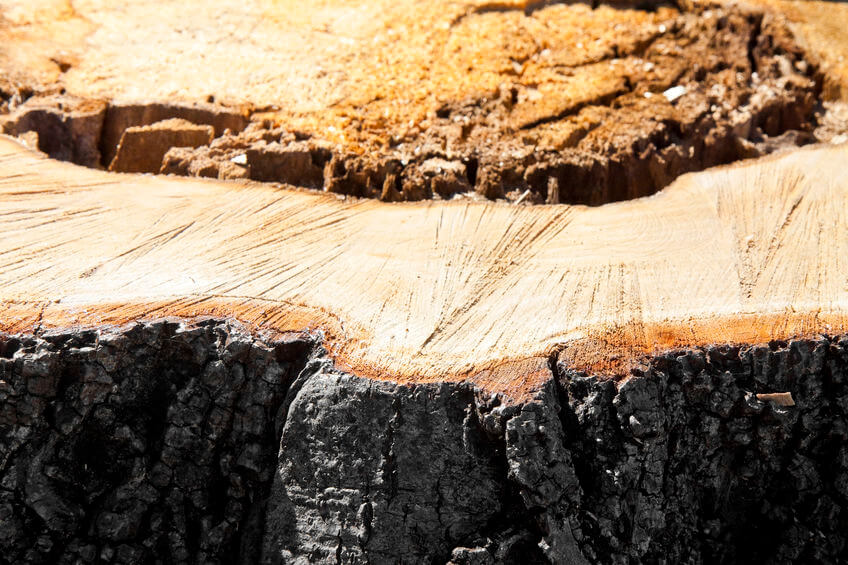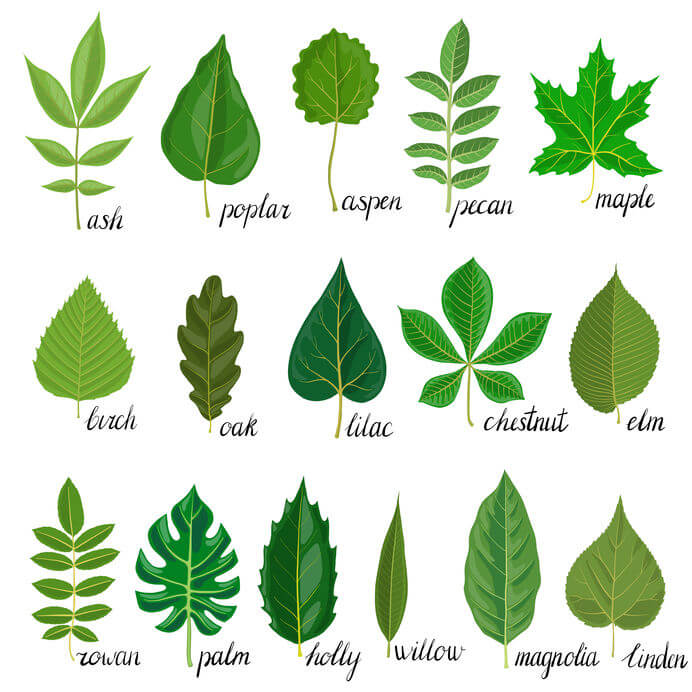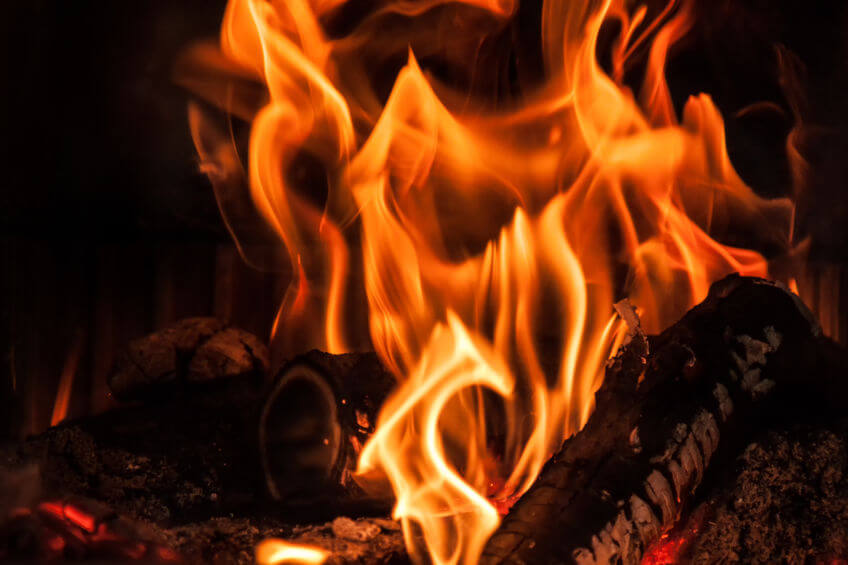- Home
- Firewood Types
- Basswood Firewood
Basswood Firewood
This post may contain affiliate links so I earn a commission.
Basswood firewood is well known for being a lightweight, fast burning firewood that many people believe is a complete waste of time to cut, split and stack.
Since the wood only produces 13.8 million BTU's per cord there's no argument the wood is inferior to other popular hardwood choices, but that doesn't necessarily mean the tree is useless.
What do you plan on using the firewood for?
If you're looking to build a quick campfire, a tree like basswood might even work better than a dense hardwood because the wood will be easier to start and it will burn hot and fast.

However, for home heating where you want a longer, more sustained heat basswood might not work as well for you.
Before you decide whether or not to harvest basswood for firewood, let's take a closer look at the tree and its firewood characteristics.
The Basswood Tree
The basswood tree is often referred to as American basswood or the American linden and it grows commonly throughout the eastern and central United States.
The tree grows up to 80 feet tall and has a large straight trunk with a beautiful canopy that contains clusters of yellow blooms in the summer.
These blooms attract honey bees which is why many people refer to the basswood as the bee tree.
 Basswood Stump
Basswood StumpWe have a huge basswood tree that grows in the woods behind our house.
The tree contains a large honey bee hive and it almost seems like the tree itself vibrates from the swarm of bees that live inside it.
Since the tree grows rapidly, the wood is soft and lightweight. This soft wood is very popular for hand carving and works great for making decoys.
Other popular uses include musical instruments and window blinds because of the woods lightweight but strong characteristics.
Furniture makers also like basswood because it doesn't warp.
Basswood Tree vs. Ash Tree
Many people have accidentally mistaken basswood for ash, especially younger and smaller ash trees.
They look very similar especially when their leaves have dropped, however the quality of firewood between the two is very different.
The easiest way to tell the difference between a basswood tree and an ash tree is by the leaves.
A basswood tree will typically have multiple trunks and have large heart shaped leaves compared to the multiple smaller leaves of an ash tree.

The leaves on an ash have an opposite leaf pattern meaning the leaves and twigs emerge directly across from each other as opposed to an alternating pattern.
Also, basswood does not have as deep of fissures in the bark compared to ash, and ash has a diamond shaped pattern in the bark.
Basswood Firewood - Overall
Since basswood firewood is so soft, cutting through it with a chainsaw is easy……really easy.
It splits great but it seems to turn punky pretty quick if you don't use it up in the first year or two.
Once it's dry basswood is great for kindling.
A nice, dry piece of basswood is great for starting a morning fire from a hot bed of coals.
Since the wood is so light, it burns hot and quick. It also works good for stoking up a smoldering fire and as campfire wood.

Basswood firewood is not very good for a long sustained fire.
It burns up quickly which means you will have to constantly feed the fire if you don't mix it with a higher quality wood.
Many people burn it during the spring or fall when the outside temperatures are mild and it's often referred to as a "shoulder wood."
I would not turn down a free load of basswood firewood.
The real decision is how much effort should you put in to cutting, splitting and stacking the wood if it's not free and already processed.
I hate to see any tree just rot in the woods especially if I can find a use for it.
If the tree is already down, easy to get to and still in good shape I'll cut it up and burn it.

About the Author
Obsessed with firewood, Nick is behind over 350+ of Firewood For Life's articles, as well as countless reviews, guides and YouTube videos to help readers like you reduce heating costs and create the perfect fire.


